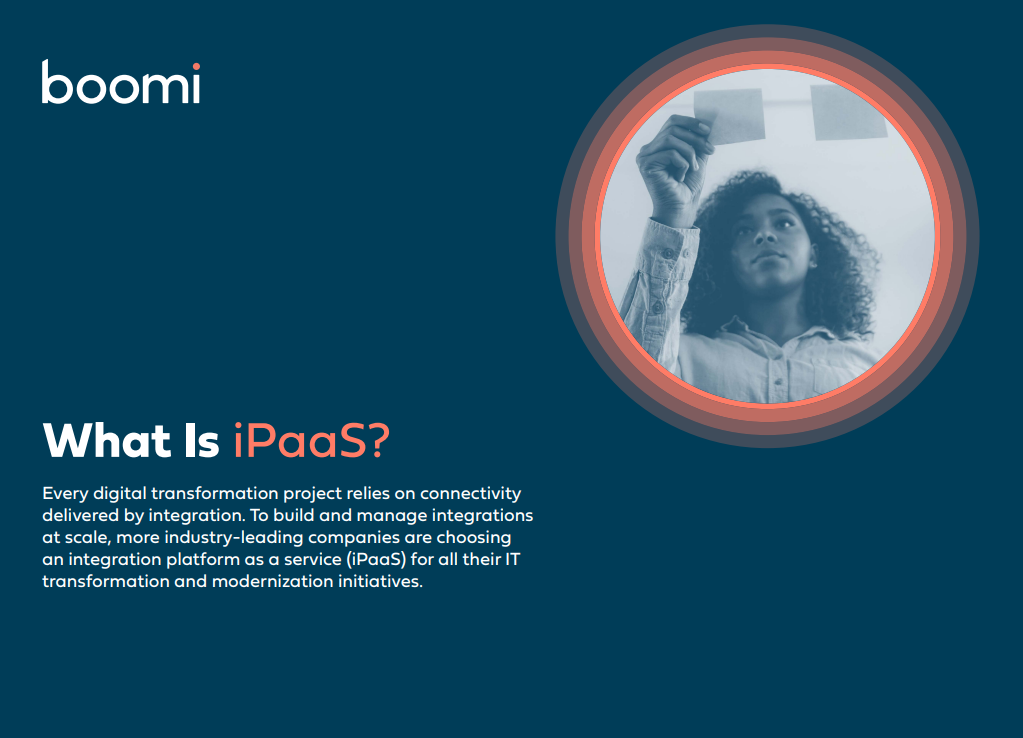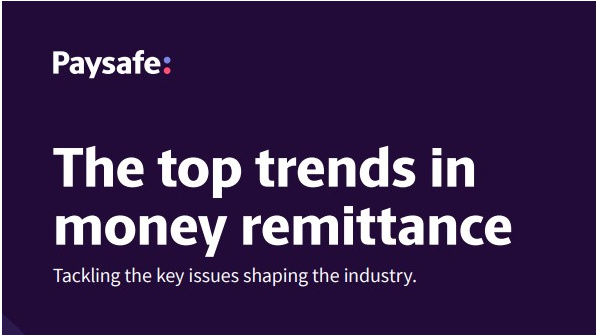Our 5-minute guide to PC as a service
What is PC as a service, how can it benefit your business, and how do you get started?

PC as a Service (PCaaS) has become a popular alternative to standard PC lifecycle management. It allows IT departments to offload logistical and maintenance responsibilities to focus on more pressing tasks, such as security.
In many ways, PCaaS is also linked to digital transformation as it is another 'as a service' model that's enabled businesses to adopt newer and better technology with minimal fuss. In the US, the market is expected to reach $141.6 billion by 2024, according to Market Watch, substantially higher than the $15.9 billion it was estimated to be worth in 2019.
What is PCaaS?
The PCaaS model, also sometimes known as 'device as a service' (DaaS), aims to simplify PC lifecycle management by pulling together hardware, software, servicing, and financing into one single setup. The idea is to improve the workforce experience and create pain-free IT operations between employees and their computers.
It is also a fundamental way in which a CIO can help add more digital services to a company, improve performance, and ultimately compete in their respective field.
There are a number of vendors in the PCaaS market, each with varying packages. Large companies such as Dell can offer comprehensive services, with 24-hour support, and 'Services Delivery Manager' to act as a single point of contact.
Whatever provider you use and no matter the plan you choose, it will be made up of five fundamental pillars said to constitute PCaaS:
- Devices and software are selected by IT departments.
- Configuration services are offered, including imaging, tagging, software packaging, and so on.
- Remote management services focus mainly on break/fix types of issues, and can also directly manage devices, security and network configuration settings.
- Asset recovery involves switching retired machines for new devices.
- Fixed financing ensures the above elements are combined under a single per-month subscription charge.
What are the business benefits of PCaaS?

There’s a host of benefits that organisations can reap from PCaaS. The central one is that it helps to simplify sourcing business devices, which includes hardware such as desktops or mobile phones. It might include devices that you might not necessarily need regularly, but is required for a project or proposal your team is currently working on. This means you can order these devices on a lease contract from your partner-vendor, and prevents you from burning cash on something you are probably only going to use a few times. Once you’re done with the devices, simply return them to the partner-vendor. The massive benefit here is that it will save your business plenty of money. Under PCaaS, software, hardware, and any extra services are thrown in together under a fixed monthly rate, with this service being specifically focused on mitigating costs.
Get the ITPro daily newsletter
Sign up today and you will receive a free copy of our Future Focus 2025 report - the leading guidance on AI, cybersecurity and other IT challenges as per 700+ senior executives
Another huge benefit of PCaaS is that it helps you upgrade your equipment in an easier way. You can access newer models, helping your business access more modern technology for less money. It might make it easier for employees to work better instead of relying on old hardware which can slow down their work processes and affect their productivity. Despite this, buying new equipment can hit your budget hard, especially if you dreamt that your desktops would last longer at your business.
RELATED RESOURCE

What Is iPaaS?
Building and managing IT transformation and modernisation initiatives at scale
Through PCaaS, your partner-vendor will simply exchange your old hardware with new hardware. This helps you devote more time to your customers’ needs instead of stressing about which devices you need to buy for your organisation. PCaaS can also help IT departments as they can focus on processes that can help push the organisation forward and free up their time and resources.
New models of PC management may also include cloud provisioning. Unified endpoint management (UEM) helps IT departments eliminate heavy overheads associated with integrating operating systems and machines. Instead, the cloud can configure devices, helping to streamline management practices and unlock new employee experience use cases.
However, PCaaS may not be necessary for every business. Despite UEM, cloud computing is carving a divergent path to PCaaS, with critics claiming the service clings onto hardware which soon may become obsolete. Business size must also be considered. It may be uneconomical for small enterprises to apportion such resources towards a service (you must walk before you can run). Additionally, it is common within startup culture to work on personal devices.
Getting started with PCaaS

Businesses that are currently in the process of digital transformation should be especially aware of the value of time, as well as the importance of investing in workforce experience in order to drive growth.
However, before jumping into the process, it’s helpful to undergo a rigorous return on investment assessment in order to determine the potential costs of PCaaS. Enterprises should take into account that the model has an impact not only on the devices themselves but also other parts of PC lifecycle management. Therefore, although it might sound daunting, it’s necessary to delve into the process of expenditure as well as identifying a business’ needs.
In order to ascertain the transparency of the process as well as showcase the real merit of PCaaS, it is important to align the prime concerns and goals of both the business and its IT. Although some might see the process as a significant step forwards, others may identify it simply as potential workflow disruption. This is why the switch to PCaaS, and all its benefits, should be comprehensively outlined to all members of staff, setting aside time to answer all questions and doubts.
Last but not least, businesses should be aware of the value of PCaaS in order to ensure that they are not being overcharged. Dedicate time to thorough research and always read the fine print. Although the idea of shiny new technology is always tempting, its value is only determined by how well it benefits the business.
-
 Bigger salaries, more burnout: Is the CISO role in crisis?
Bigger salaries, more burnout: Is the CISO role in crisis?In-depth CISOs are more stressed than ever before – but why is this and what can be done?
By Kate O'Flaherty Published
-
 Cheap cyber crime kits can be bought on the dark web for less than $25
Cheap cyber crime kits can be bought on the dark web for less than $25News Research from NordVPN shows phishing kits are now widely available on the dark web and via messaging apps like Telegram, and are often selling for less than $25.
By Emma Woollacott Published
-
 Enterprises are doubling down on IT optimization strategies – and it’s delivering huge financial returns
Enterprises are doubling down on IT optimization strategies – and it’s delivering huge financial returnsNews Organizations that have cracked IT cost optimization and innovation reap the rewards both financially and in terms of time to market.
By Emma Woollacott Published
-
 Unlock the potential of LATAM’s booming crypto market
Unlock the potential of LATAM’s booming crypto marketwhitepaper Strategic pathways for crypto companies looking to expand into Latin America
By ITPro Published
-
 The online cash revolution
The online cash revolutionwhitepaper Why adding eCash to the checkout unlocks more growth
By ITPro Published
-
 Better together
Better togetherWhitepaper Achieve more with Windows 11 and Surface
By ITPro Published
-
 Transforming the enterprise
Transforming the enterpriseWhitepaper With Intel and CDW
By ITPro Published
-
 How payments support the growth of software platforms
How payments support the growth of software platformswhitepaper Discover how Paysafe can help drive the growth and success of your software platform
By ITPro Published
-
 The top trends in money remittance
The top trends in money remittanceWhitepaper Tackling the key issues shaping the money remittance industry
By ITPro Published
-
 How Kantar revamped its IT infrastructure after being sold off
How Kantar revamped its IT infrastructure after being sold offCase Study Being acquired by a private equity firm meant Kantar couldn’t rely on its parent company’s infrastructure, and was forced to confront its technical shortcomings
By Rene Millman Published